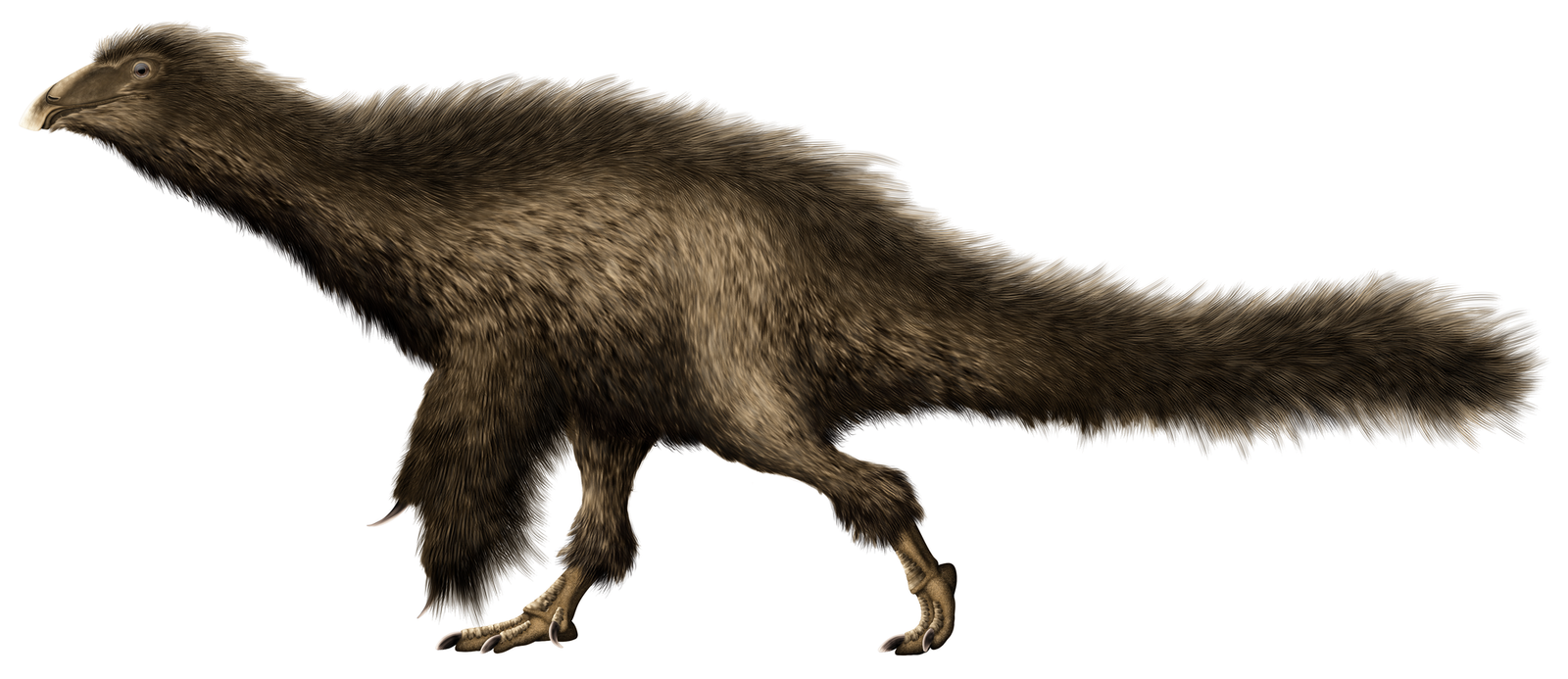Unearthing the Enigmatic Dinosaur of China’s Past.
The world of paleontology is filled with fascinating discoveries, each unveiling a piece of Earth’s ancient history. Among these, Beipiaosaurus stands as an enigmatic figure, offering insights into the world of dinosaurs during the Early Cretaceous period.
In this article, we will delve into the discovery, characteristics, habitat, and cohabitants of Beipiaosaurus, shedding light on this remarkable dinosaur. Personally, this dinosaur reminds me of a cross between Archaeopteryx and Therizinosaurus. Even its size seems to be between the two!
Discovery and Fossils
Beipiaosaurus was first discovered in the early 1990s in the Liaoning Province of northeastern China, an area renowned for its abundance of dinosaur fossils and exceptional preservation. The discovery of Beipiaosaurus was a collaborative effort, with the spotlight shared by Xu Xing and Zhang Xiaolin, two esteemed Chinese palaeontologists. These scientists unveiled the first known fossils of this remarkable dinosaur in 1996.
The name “Beipiaosaurus” is derived from its place of discovery, Beipiao City, which means “northern driftwood.” This dinosaur belongs to the theropod group of dinosaurs, which includes famous carnivorous dinosaurs like Tyrannosaurus rex and Velociraptor.
What Kind of Dinosaur Was Beipiaosaurus?
Beipiaosaurus was a small to medium-sized theropod dinosaur, measuring around 6 to 7 feet (about 2 meters) in length. What makes Beipiaosaurus truly unique is its appearance, notably its feathered covering. Fossil evidence suggests that Beipiaosaurus was adorned with a coating of downy feathers, a characteristic that showcases the prevalence of feathers in some theropod dinosaurs.
Habitat and Environment
Beipiaosaurus lived during the Early Cretaceous period, approximately 125 million years ago. During this time, the region where Beipiaosaurus was discovered was vastly different from what it is today. The Liaoning Province was a temperate, forested area with lush vegetation and abundant water bodies.
Beipiaosaurus likely inhabited a diverse ecosystem, sharing its environment with other dinosaurs like Sinornithosaurus, Sinosauropteryx, and Microraptor. These small, feathered theropods were part of a rich tapestry of prehistoric life, coexisting with herbivorous dinosaurs and primitive birds. The abundance of feathered dinosaurs in this region has provided invaluable insights into the evolution of feathers and the transition from dinosaurs to birds.
Beipiaosaurus, with its feathery appearance and ties to the evolution of feathers in dinosaurs, represents an important piece of the paleontological puzzle. Its discovery in northeastern China has shed light on the diverse and feathered world of dinosaurs during the Early Cretaceous. As ongoing research continues to unravel the mysteries surrounding Beipiaosaurus, we gain a deeper understanding of the intricate web of life that existed millions of years ago.
FAQ’s
- What did Beipiaosaurus eat?
Beipiaosaurus was a theropod dinosaur, suggesting it was a carnivore. Its diet likely consisted of small vertebrates such as lizards, mammals, and possibly even other small dinosaurs.
- How did Beipiaosaurus move?
While exact details about its locomotion are still a subject of research, it’s thought that Beipiaosaurus was a bipedal dinosaur, meaning it walked on two legs. Its feathered covering suggests that it may have been agile and adapted for both ground movement and possibly even gliding.
- Did Beipiaosaurus have any close relatives?
Beipiaosaurus belongs to the therizinosaur group, which includes bizarre, long-clawed herbivorous dinosaurs like Therizinosaurus. These dinosaurs share a common ancestry and are known for their unique adaptations.


